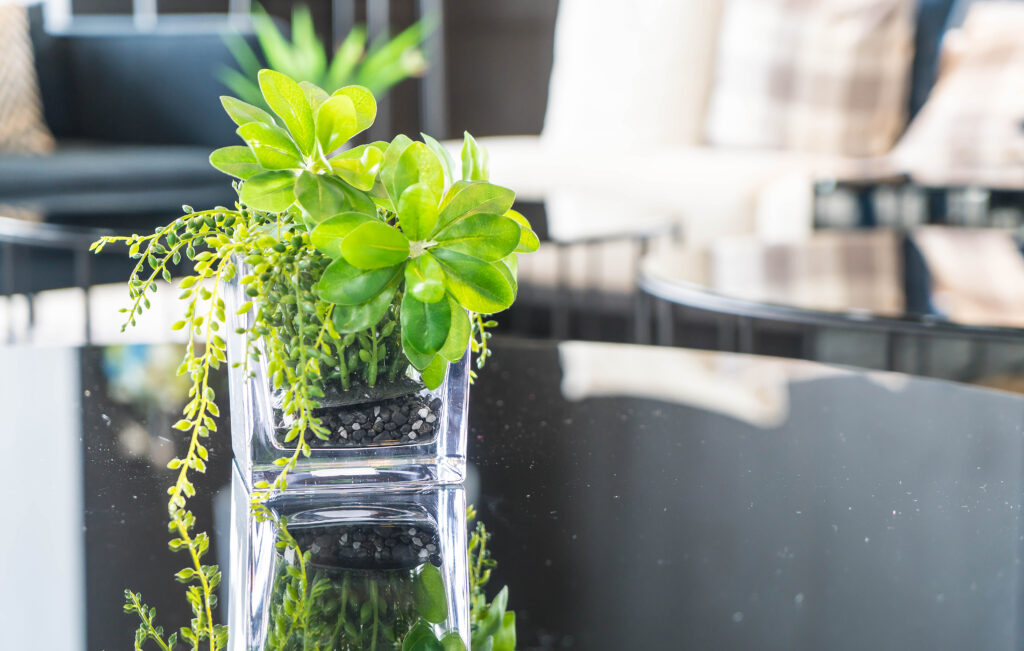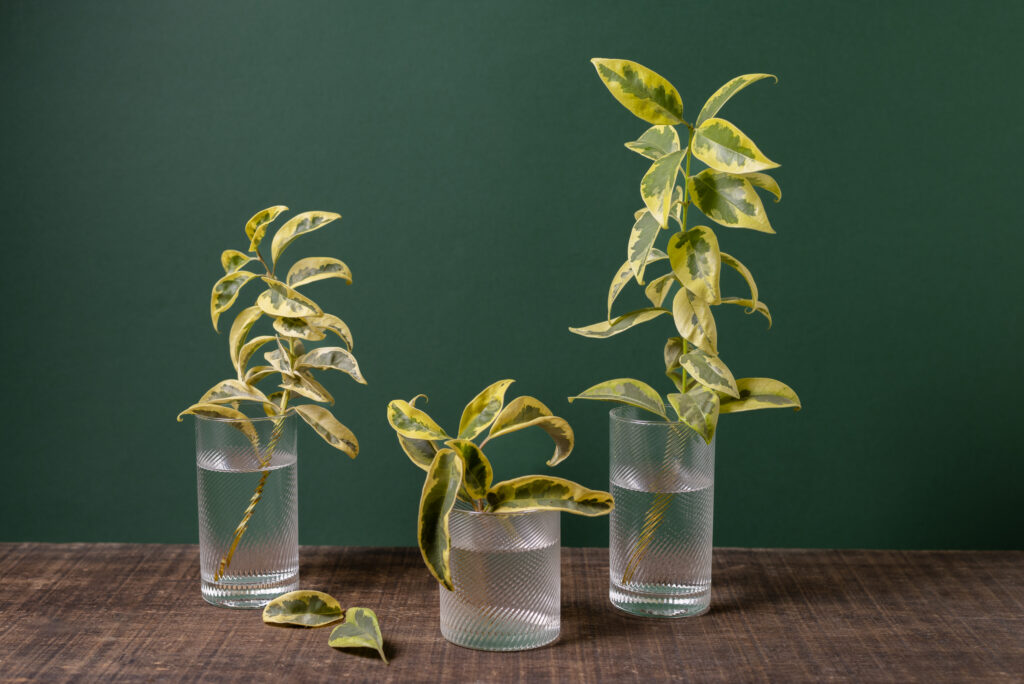- ACTIVITIES
The Fascinating World of Eye Riddles: Fun for All Ages


Growing plants inside water, a practice steeped in history and innovation, offers gardening enthusiasts a unique opportunity to cultivate lush greenery indoors without the need for soil. This method not only adds an aesthetic appeal to indoor spaces but also simplifies plant care. With the right knowledge, anyone can enjoy the beauty and benefits of water-grown plants. This article delves into the fascinating history of water-cultivated plants, showcases popular indoor varieties, and provides practical advice on maintaining these verdant displays.

The practice of growing plants in water dates back centuries, with its origins found in ancient civilizations. The Hanging Gardens of Babylon, one of the Seven Wonders of the Ancient World, is believed to have utilized hydroponic techniques to sustain its lush terraces. In ancient China, water-grown plants were cultivated for both their beauty and utility, particularly in rice paddies and ornamental ponds.
In more recent history, the Victorian era saw a surge in the popularity of water plants, as botanical enthusiasts experimented with aquatic environments. This period marked the beginning of a broader interest in hydroponics, setting the stage for modern indoor water gardening. Today, the practice continues to evolve, merging traditional techniques with contemporary design to create stunning indoor displays.
A variety of plants are well-suited to water-based cultivation, making them ideal for indoor gardening. Here are some popular choices:
Despite its name, lucky bamboo is not a true bamboo but a member of the Dracaena family. It is renowned for its resilience and ability to thrive in water with minimal care. Lucky bamboo is often associated with good fortune and is a staple in many homes and offices.
Pothos is a versatile plant that adapts well to water environments. Known for its heart-shaped leaves and trailing vines, pothos is a favorite among beginners due to its hardiness and low maintenance needs.
Philodendrons are another excellent choice for water cultivation. These plants are known for their lush foliage and can grow prolifically in water, making them a fantastic option for creating indoor jungles.
The spider plant is a popular indoor plant that can easily be propagated in water. Its ability to produce “pups” or offshoots makes it an excellent choice for creating a cascading effect in water displays.
Maintaining clean water is crucial for the health of water-grown plants. It is recommended to change the water every two to four weeks, depending on the plant species and water clarity. When changing the water, ensure that it is at room temperature to avoid shocking the roots. Using filtered or distilled water can help prevent the buildup of minerals and chemicals that may harm the plants.
Additionally, rinsing the plant’s roots during water changes can help remove any debris or algae growth, promoting healthier root development. Regular water changes not only prevent stagnation but also replenish oxygen levels, essential for the plant’s growth.

Light is a critical factor in the growth of water-cultivated plants. While these plants can adapt to various light conditions, providing adequate lighting will ensure optimal growth. Most water-grown plants thrive in bright, indirect light. Positioning them near a window with filtered sunlight or using artificial grow lights can help mimic their natural environment.
It is important to monitor the light exposure, as too much direct sunlight can lead to leaf burn, while too little light can result in stunted growth. Adjust the plant’s position or lighting as needed to maintain a healthy balance.
While water provides a medium for plant growth, it lacks the nutrients found in soil. To compensate, water-grown plants require regular feeding with a diluted liquid fertilizer. A balanced fertilizer, applied every four to six weeks, can provide the essential nutrients needed for robust growth.
When fertilizing, it is crucial to follow the manufacturer’s instructions and avoid over-fertilizing, which can lead to nutrient burn. Monitoring the plant’s growth and adjusting the feeding schedule accordingly will help maintain its health and vitality.
Designing a water garden display allows for creativity and personalization. By combining various water-grown plants, containers, and decorative elements, you can create a captivating indoor oasis. Glass containers are a popular choice, as they showcase the plant’s root system and add a modern touch to the display.
Incorporating elements such as pebbles, stones, or aquatic figurines can enhance the visual appeal. Arranging plants of different heights and textures can create depth and interest, while the gentle movement of water adds a soothing ambiance to any space.
Lucky bamboo, along with other popular water-grown plants, requires specific care to thrive. For lucky bamboo, ensure that the water level covers at least an inch of the stems, and avoid using chlorinated water. Regular pruning of yellowing leaves and stems will encourage new growth and maintain its aesthetic appeal.
For plants like pothos and philodendron, keep an eye on root development and trim any overgrown roots to prevent crowding. These plants benefit from occasional misting to increase humidity, especially in drier indoor environments.
As seasons change, so do the needs of water-grown plants. During the warmer months, plants may require more frequent water changes and increased feeding due to accelerated growth. Conversely, in cooler months, growth may slow down, necessitating reduced feeding and watering frequency.
Monitoring the environmental conditions and adjusting care routines accordingly will ensure that water-grown plants remain healthy throughout the year. By understanding the unique requirements of each plant, gardeners can enjoy vibrant indoor greenery regardless of the season.